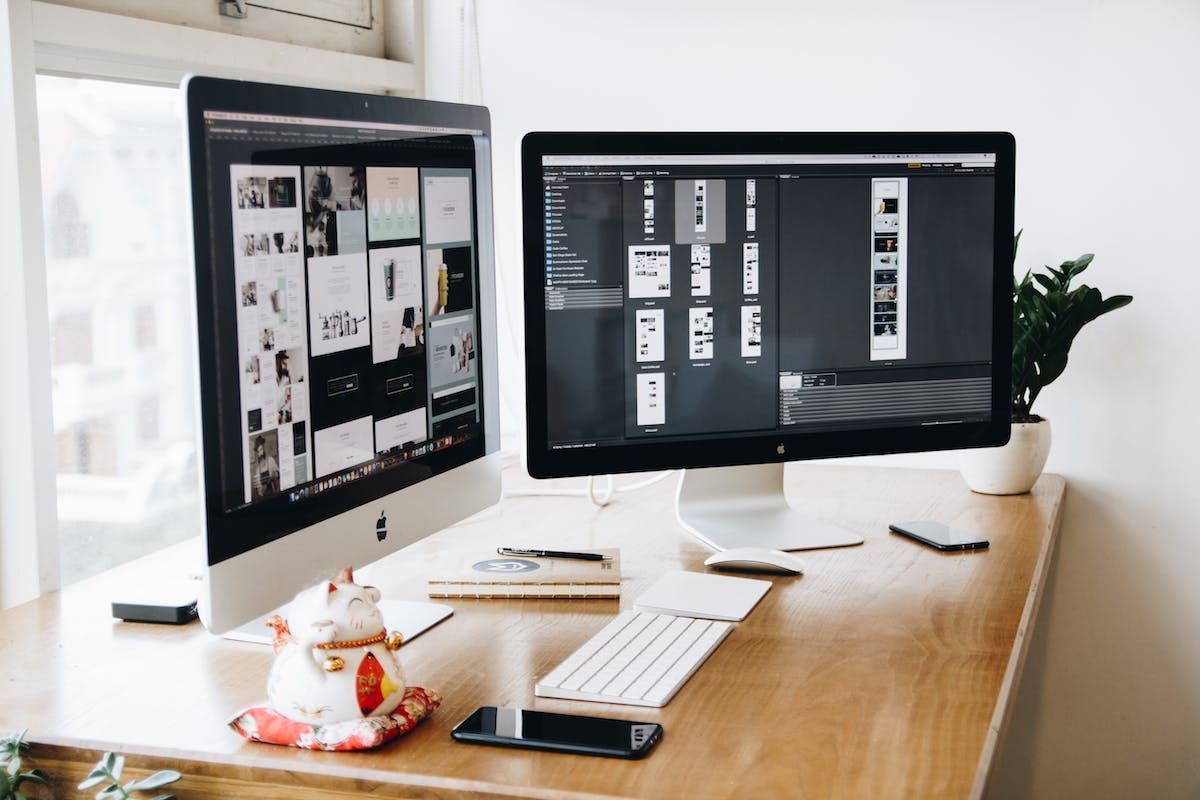Different Types of Responsive Web Design Layouts
According to 73.1% of web designers, the leading cause of users leaving websites is a non-responsive design. That is why the different types of responsive designs have become the go-to in web design.
Responsive web design is used for creating web pages that are easily adjustable to the type of screen the user chooses to surf on. This approach changes the content layout according to the screen’s size and orientation, making it flexible and ensuring a good customer experience.
The main point of the responsive web design layout is using flexible elements for a reliable experience on different devices. You can choose between three types of responsive design for your website, mainly according to your business audience and their preference for viewing your page.
In this article, we will explore the types of responsive design and their advantages or disadvantages, hopefully helping you decide which suits your company best. Let's get right into the topic.
Adaptive Layout
With an adaptive layout, the developers create a different design for each device. So, when users open the page, it automatically loads the version for their specific device.
There are several screen sizes to consider, but developers usually focus on the ones that users mostly use. Then, they base their website on static blocks that measure pixels and points, which are always fixed. Their design uses CSS media queries that identify the needed screen size and deliver the suitable form.
Companies usually use this approach to recreate an existing webpage into a mobile version. Like any other method, adaptive web design has advantages and disadvantages you should consider before employing it.
Pros
A key advantage of adaptive web design is that it offers different versions for all devices and screen sizes, assuring a positive user experience. The content will be customized for the best page view.
Since it has different device versions, when a user opens the page, it will be loaded in the chosen version, which improves loading speed due to lower traffic.
Finally, if you need to update the code for some designs, you can easily do it on the chosen layout. You won’t need to start from the beginning and risk creating other changes that could affect all versions.
Cons
Since this design supports multiple versions,
maintaining it is more complex. Every change or testing will be time and money-consuming, so you’ll probably need more than one person to work on it.

Flexible Layout
The flexible layout changes according to the screen size. Instead of relying on predetermined dimensions, it is created to load completely to the screen’s edges. When a user loads the page, the device’s screen is calculated in percentages, and no matter the size of it, everything remains proportional.
The flexible layout utilizes media queries for targeting breakpoints that estimate text or images to alter them for better screen fit.
Pros
This layout is considered more flexible, as it is optimized and functions on various devices while offering a constant good user experience.
Since it is only one altering design, it is
more affordable than the other designs that require several layouts for every screen size. Based on the above,
maintaining a flexible design is more straightforward.
Cons
A critical disadvantage this layout has is the time it takes to load if the page is complex. The reason is the measurement of the units and how they should appear on the screen.
Creating and implementing
this type of layout is also more challenging since the design has to be flawless on various screen sizes. Considering this, designing it takes more time and effort.
Fluid Responsive Layout
The fluid responsive design has the same flexibility as the other two responsive layouts we discussed. However, it does not use fixed units but various percentages regardless of the screen size. It is highly flexible and adapts to the user's setup, which is more aesthetically pleasing.
A fluid layout with a good design strips the horizontal scroll bars in a reduced screen size. Your website will be simpler to create and update if you use a straightforward design. Doing this can improve your website's compatibility with different screen resolutions.
Pros
The fluid responsive layout is adaptable and works well on every device, adjusting according to the user’s screen. That means that it would be fit for any new sizes or devices in the future.
Search engines can easily access and index a single website version with consistent URL structure and content across all devices, which is another reason why many companies choose this type of layout for their websites.
Cons
Building a fluid responsive layout that works effectively across all devices is more challenging than building a layout for a particular device and size.
Since we’re talking about various devices, it is essential to test the design to guarantee a good user experience. However, this can be complicated and time-consuming, especially when working on websites with information and options.
Similarly to the flexible layout, the
loading speed can be prolonged
due to the needed calculations.
Trust Detailers Roadmap for Responsive Web Design
These different types of responsive design have pros and cons, which you should consider before choosing the design you want. You should choose the one that suits your company's goals and quickly resolves your user's queries. Furthermore, the chosen design should ensure a stable and user-friendly experience that will later translate into better online presence and accessibility.
Detailers Roadmap could help you achieve all this and more. Our web development and SEO teams can create the perfect layout to boost your audience's overall experience.
If you need assistance growing your business, don't hesitate to
contact us - we'll be happy to help.


